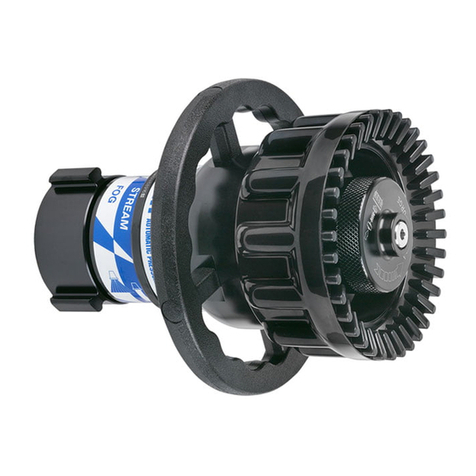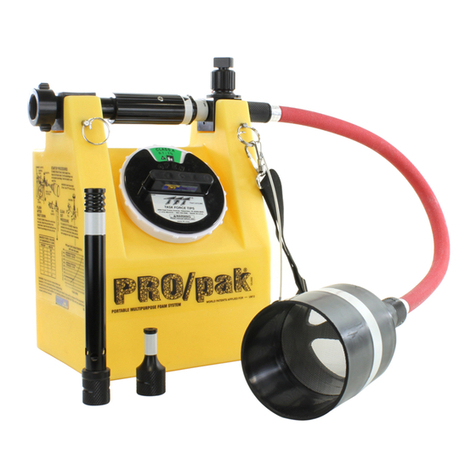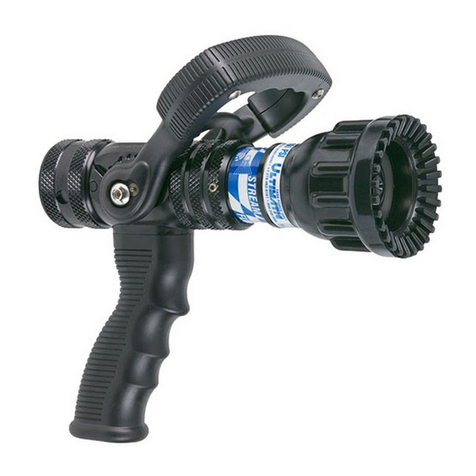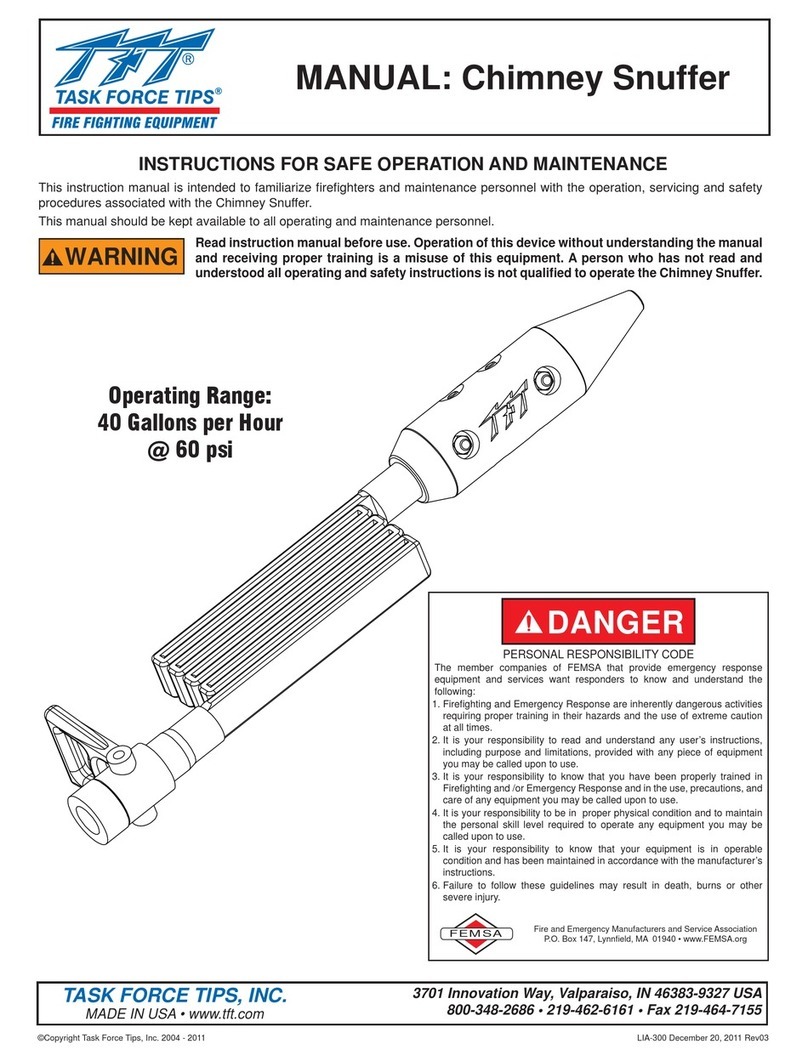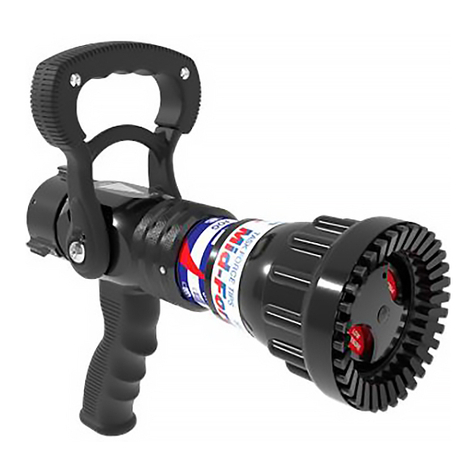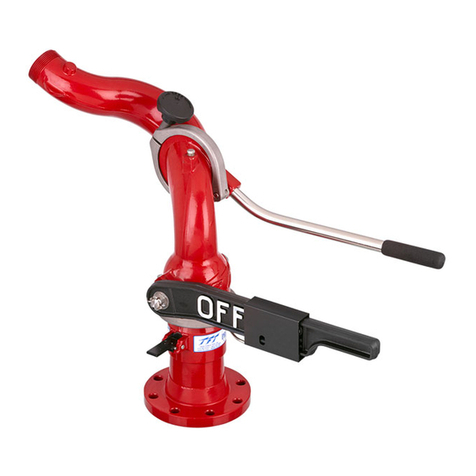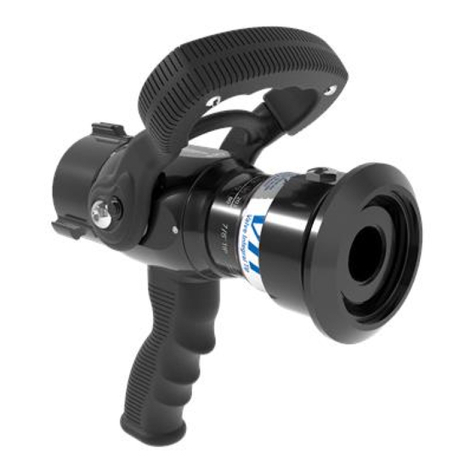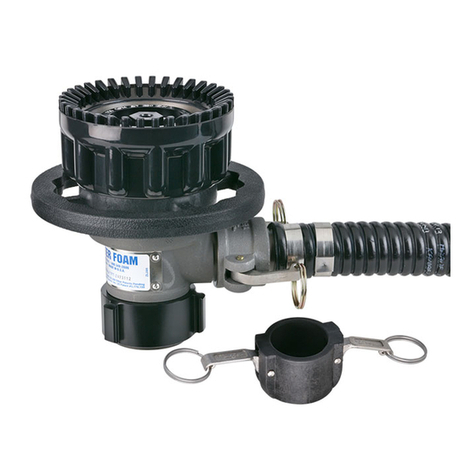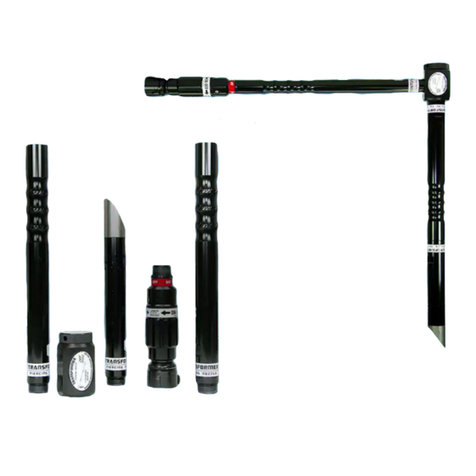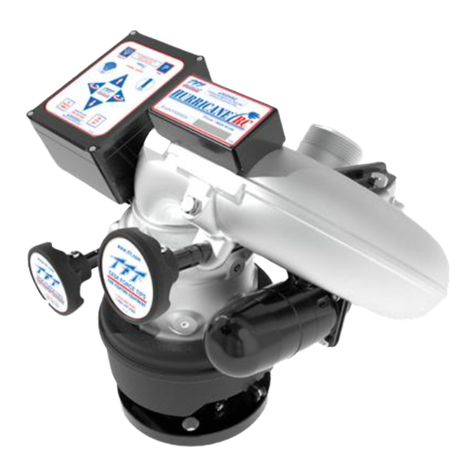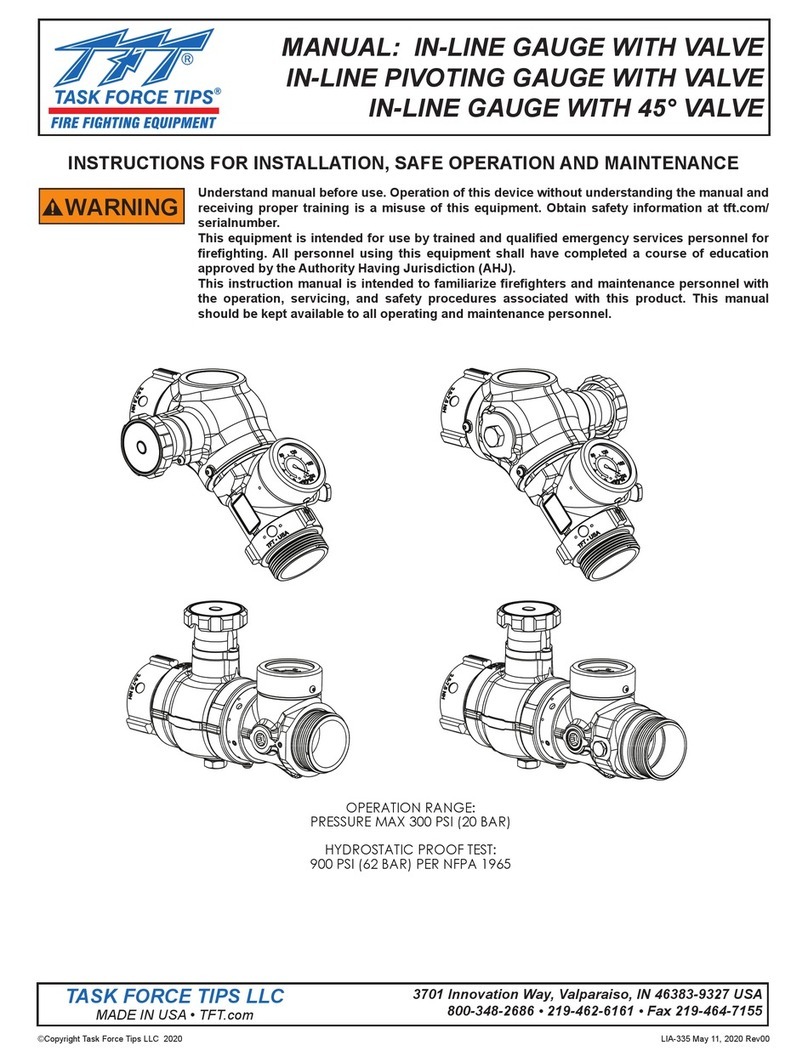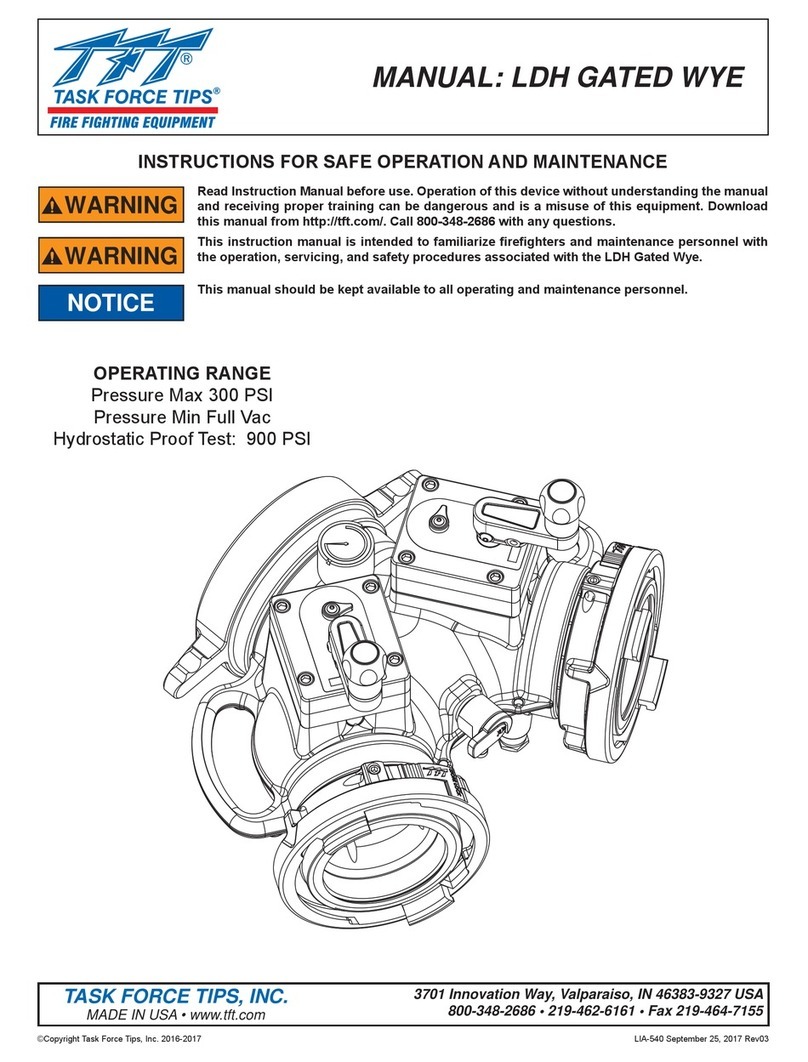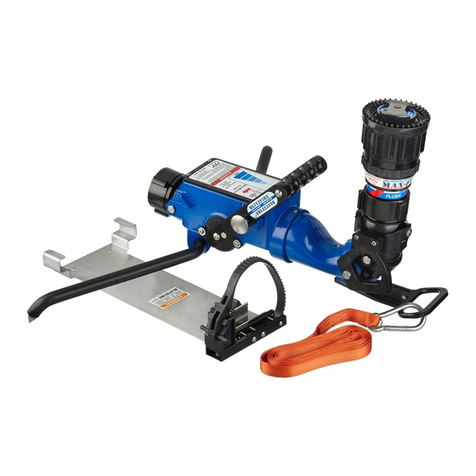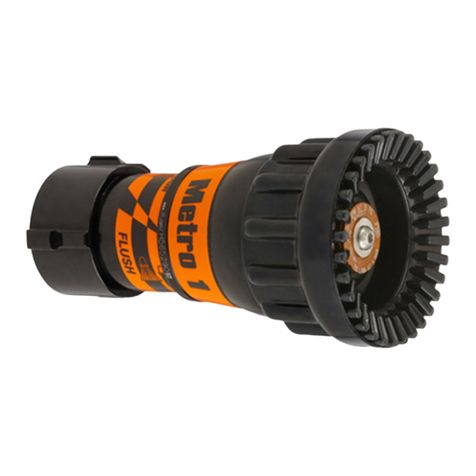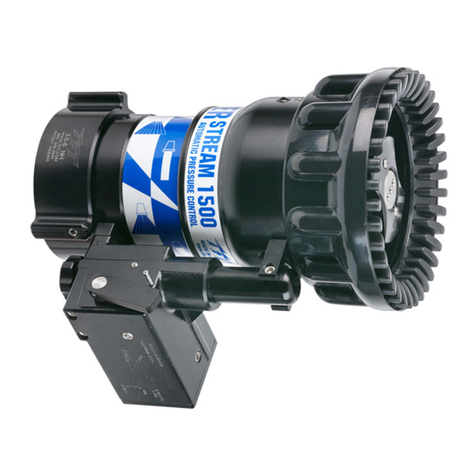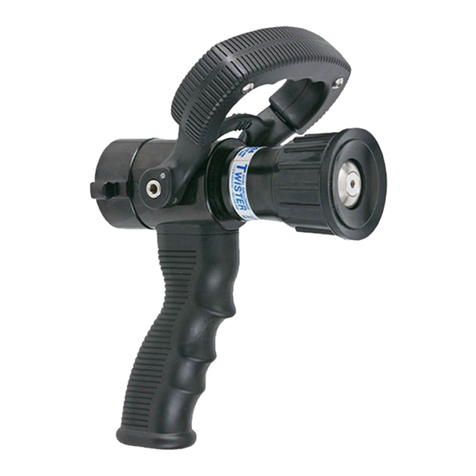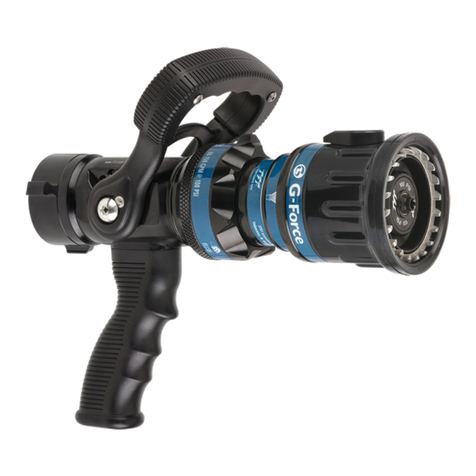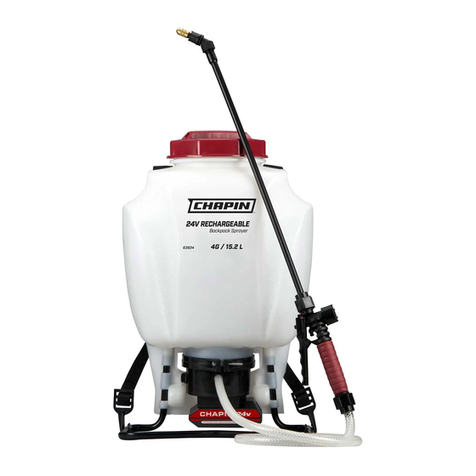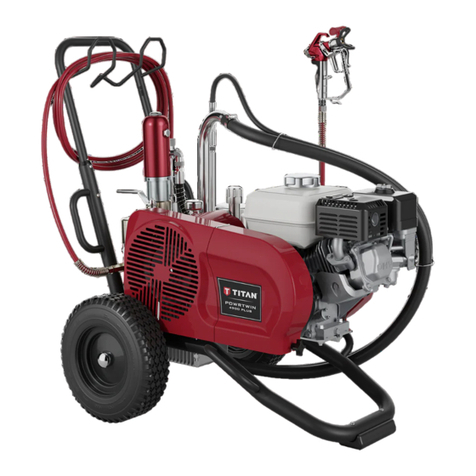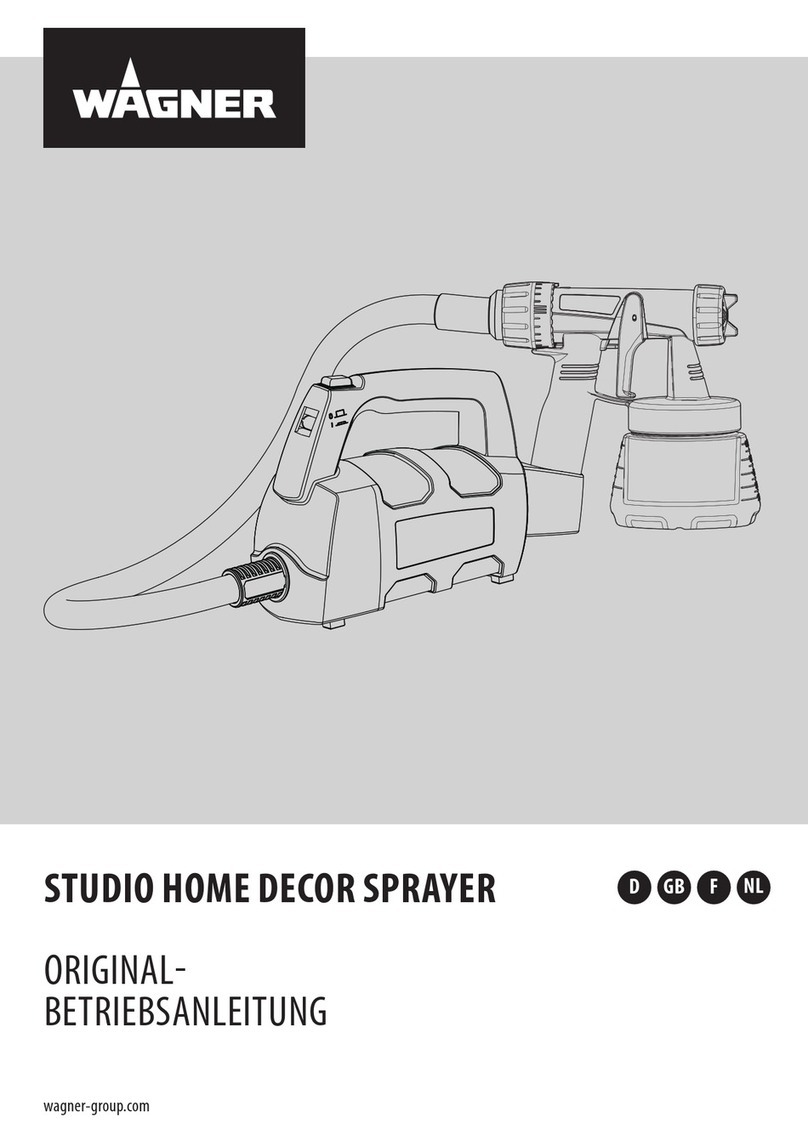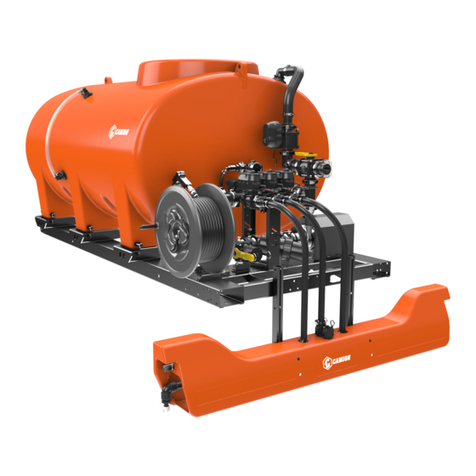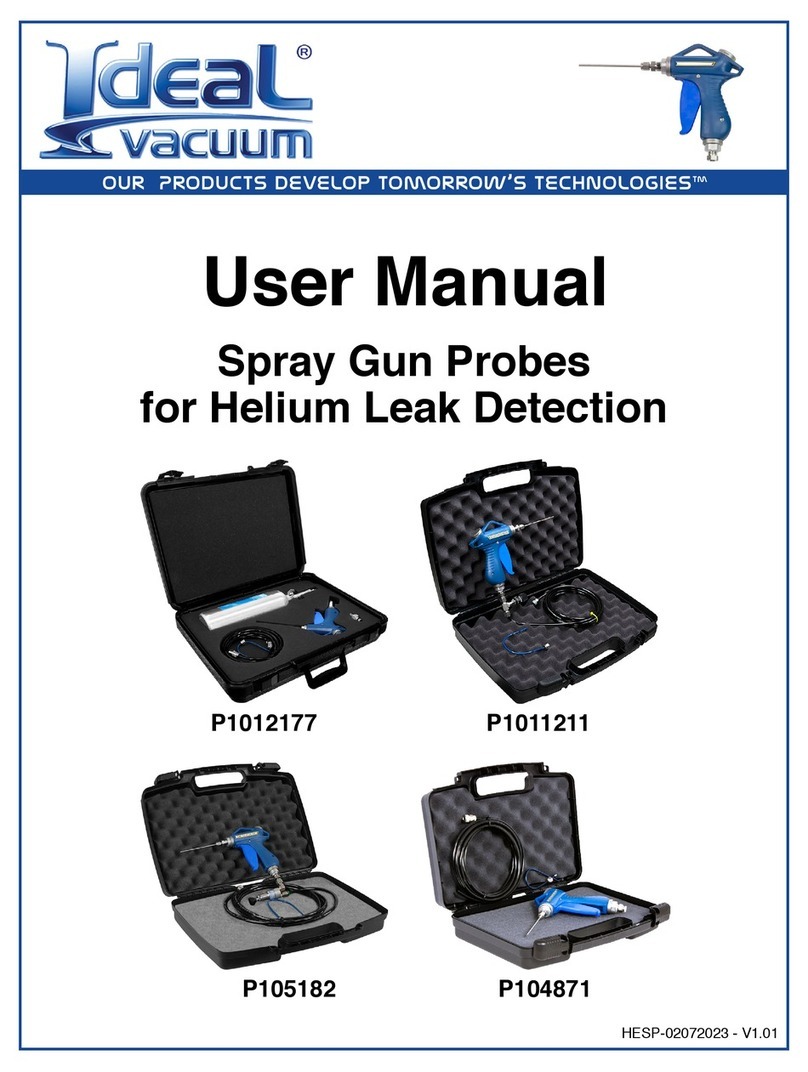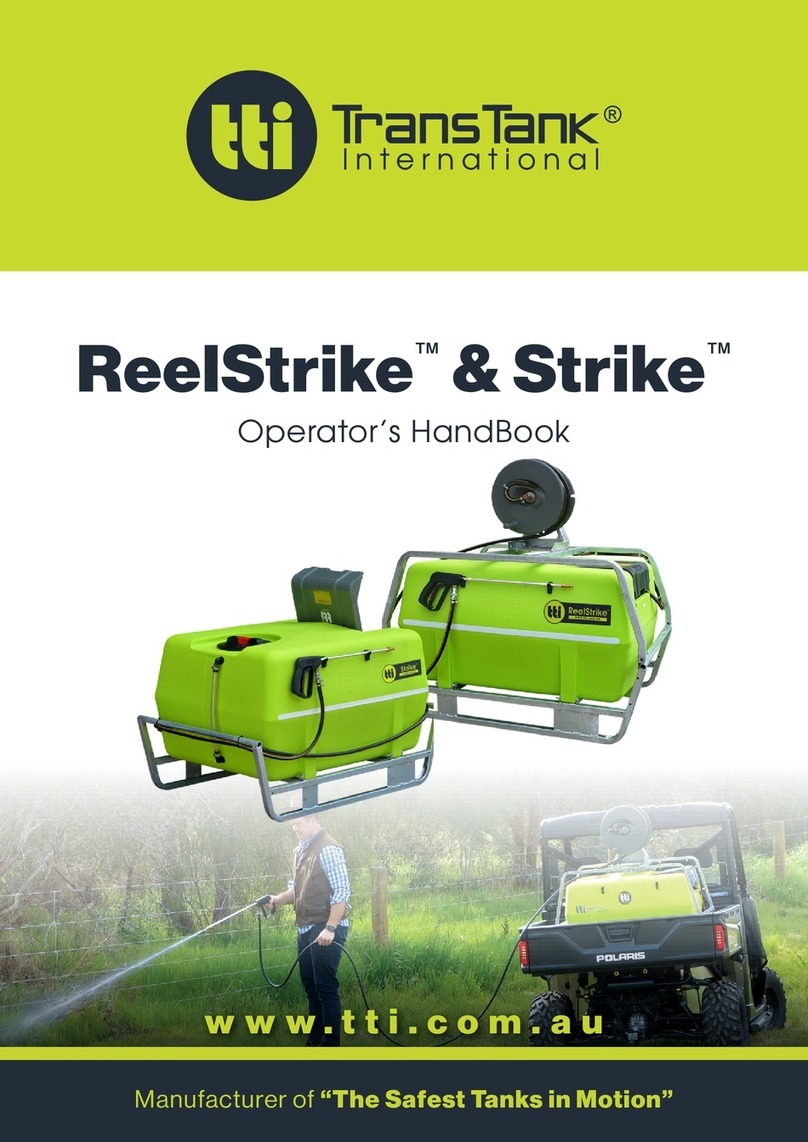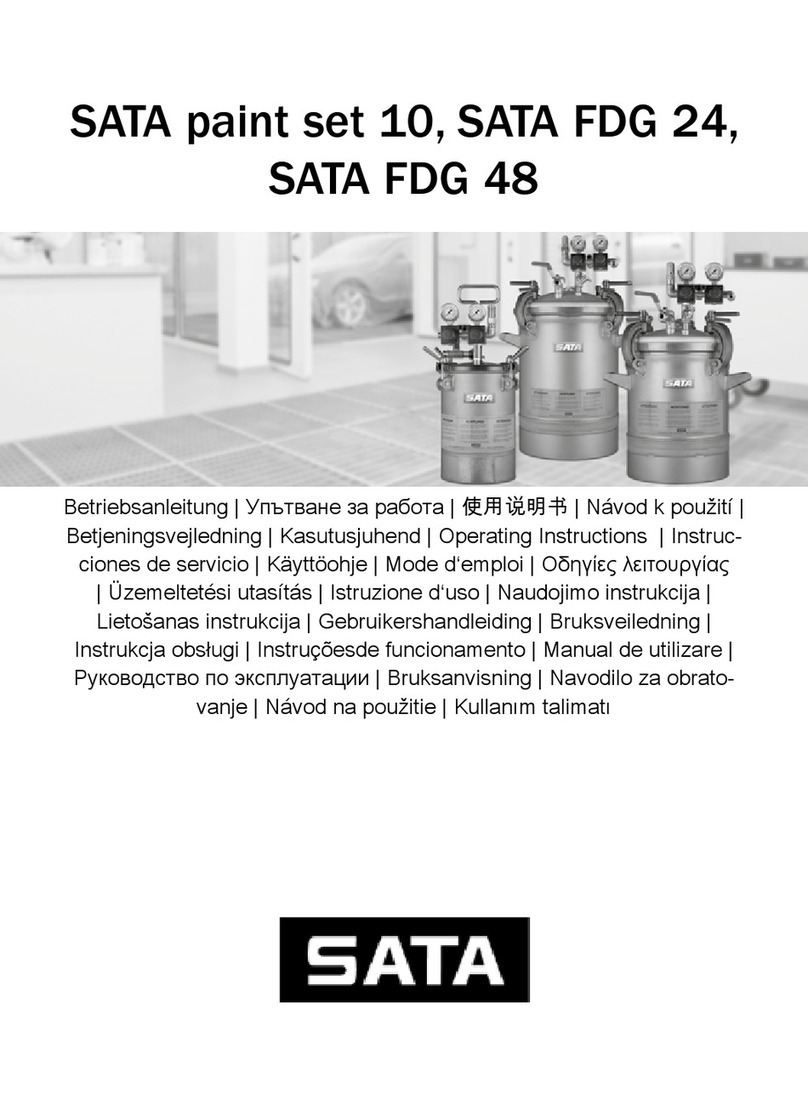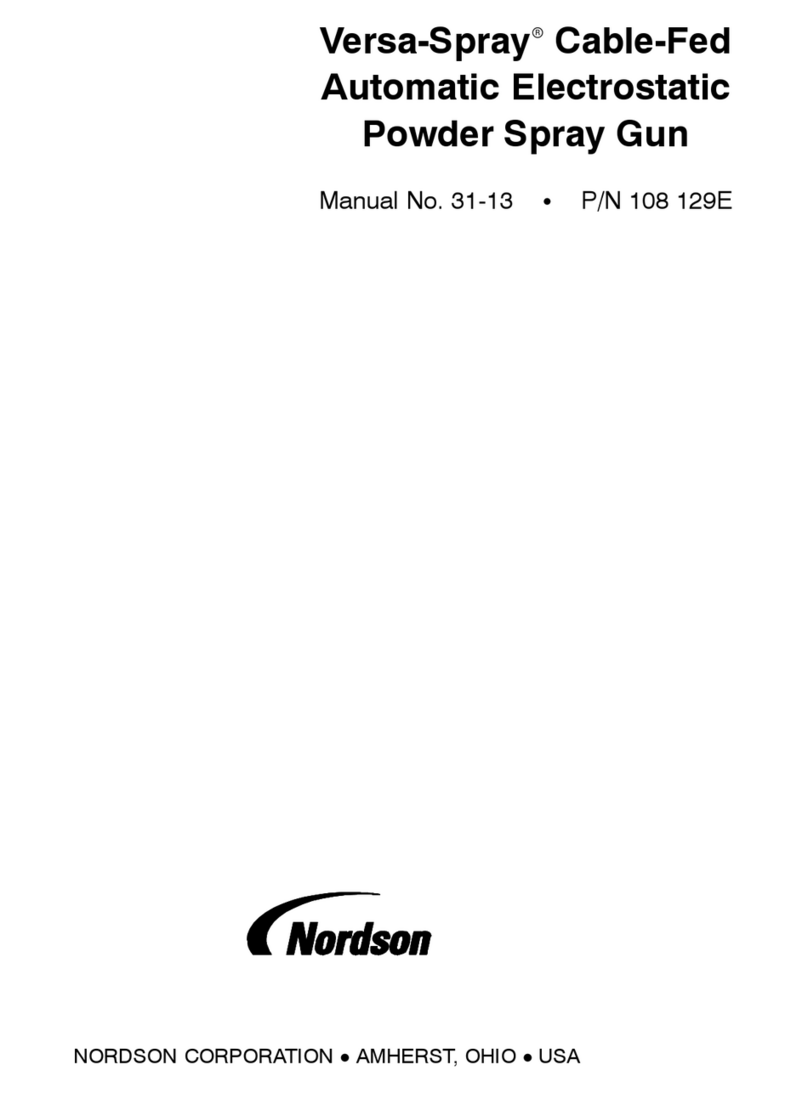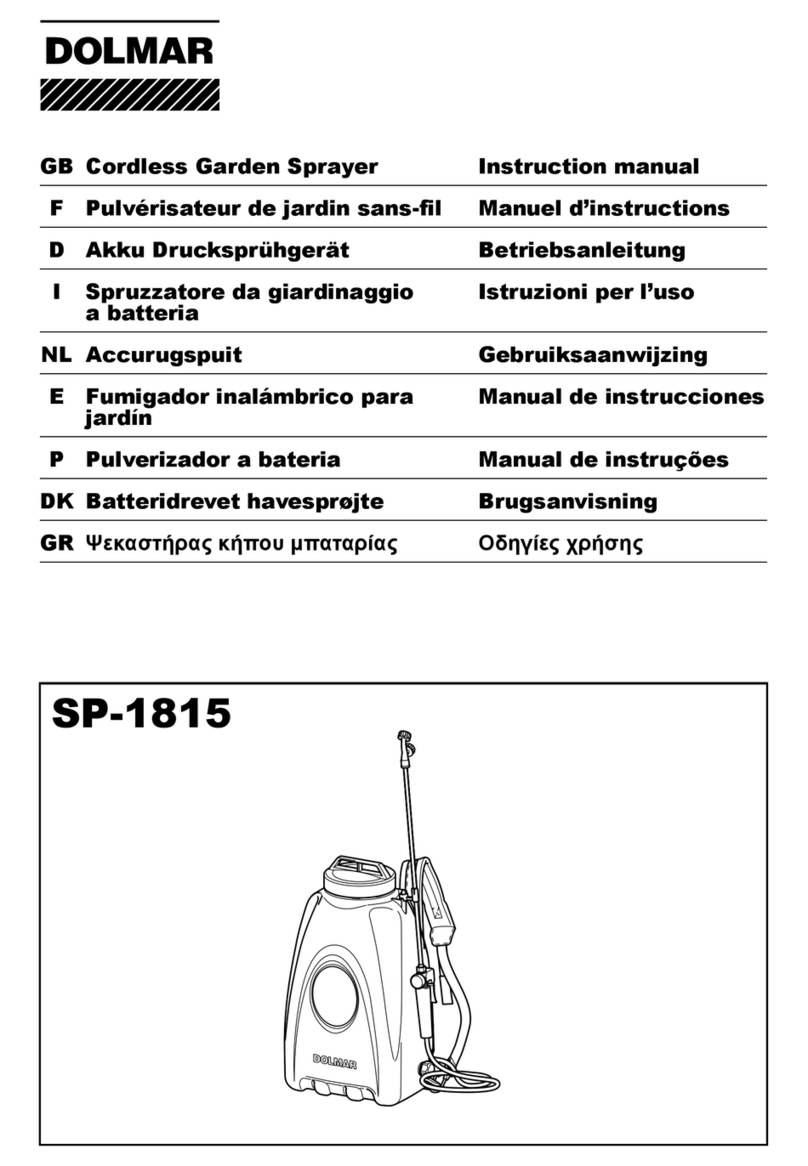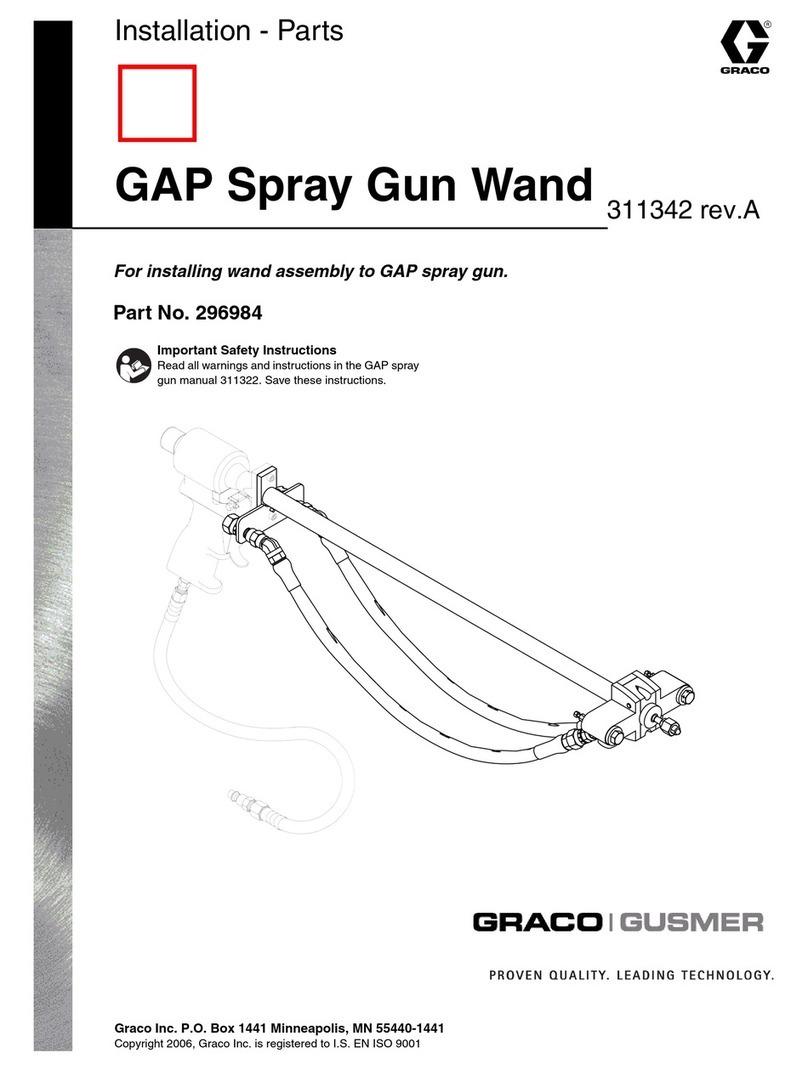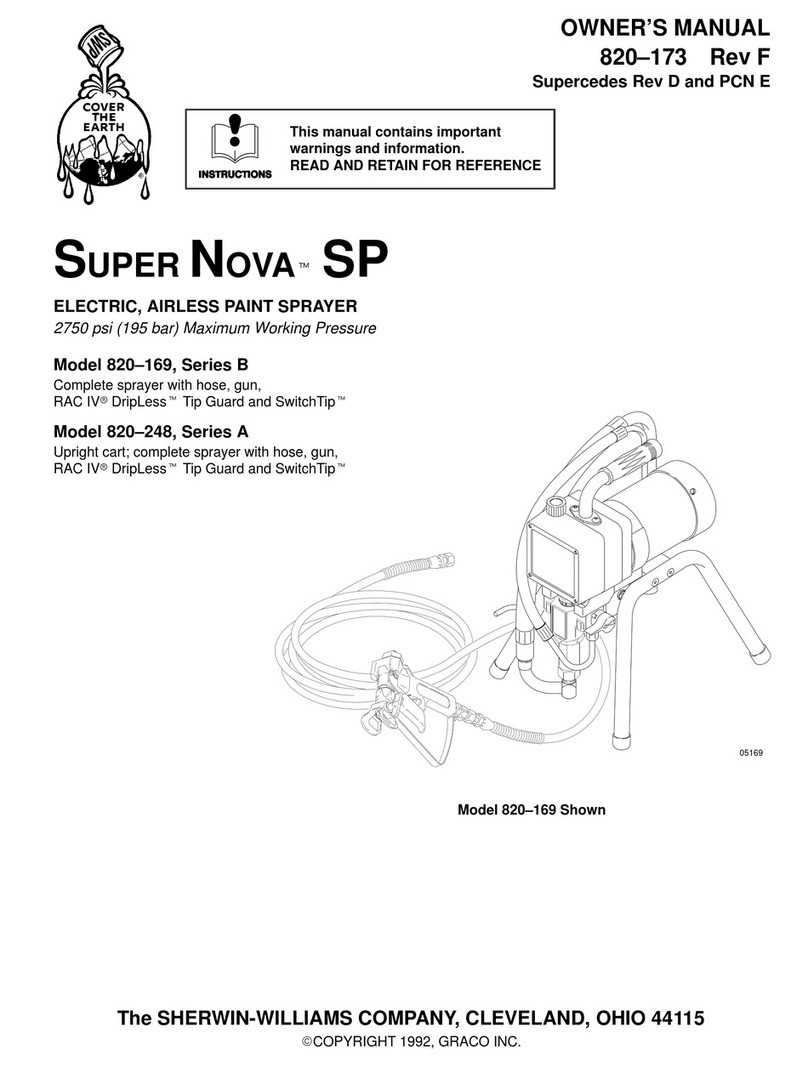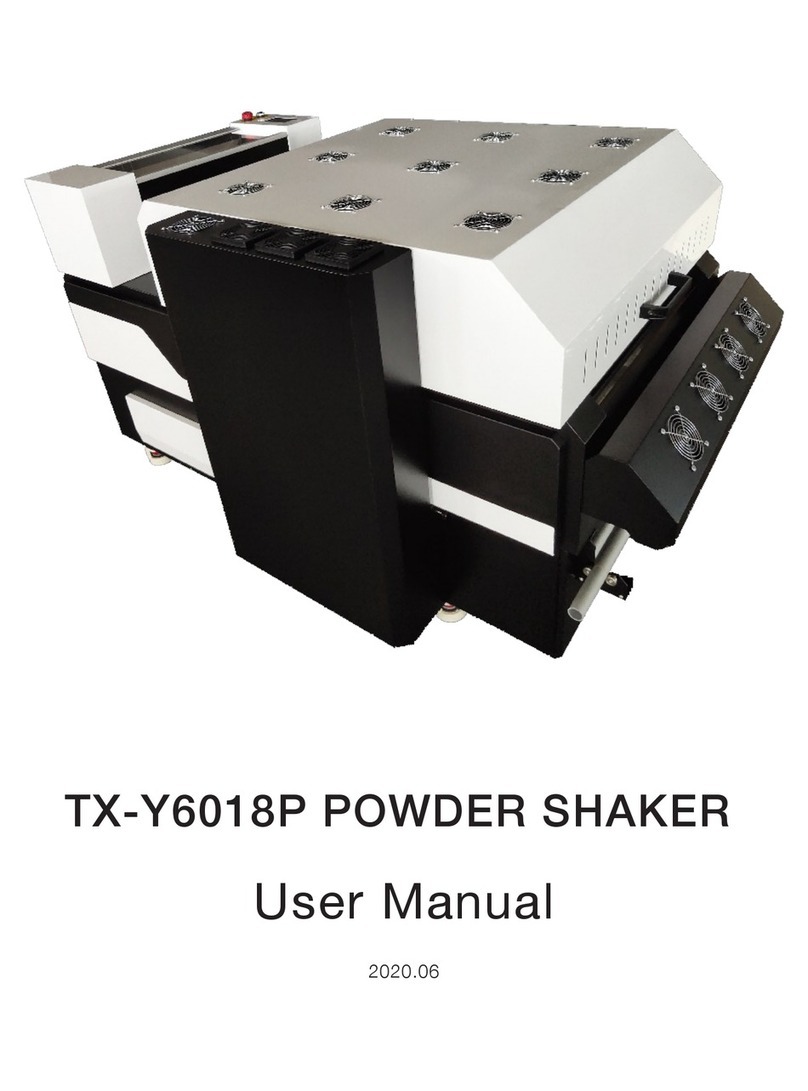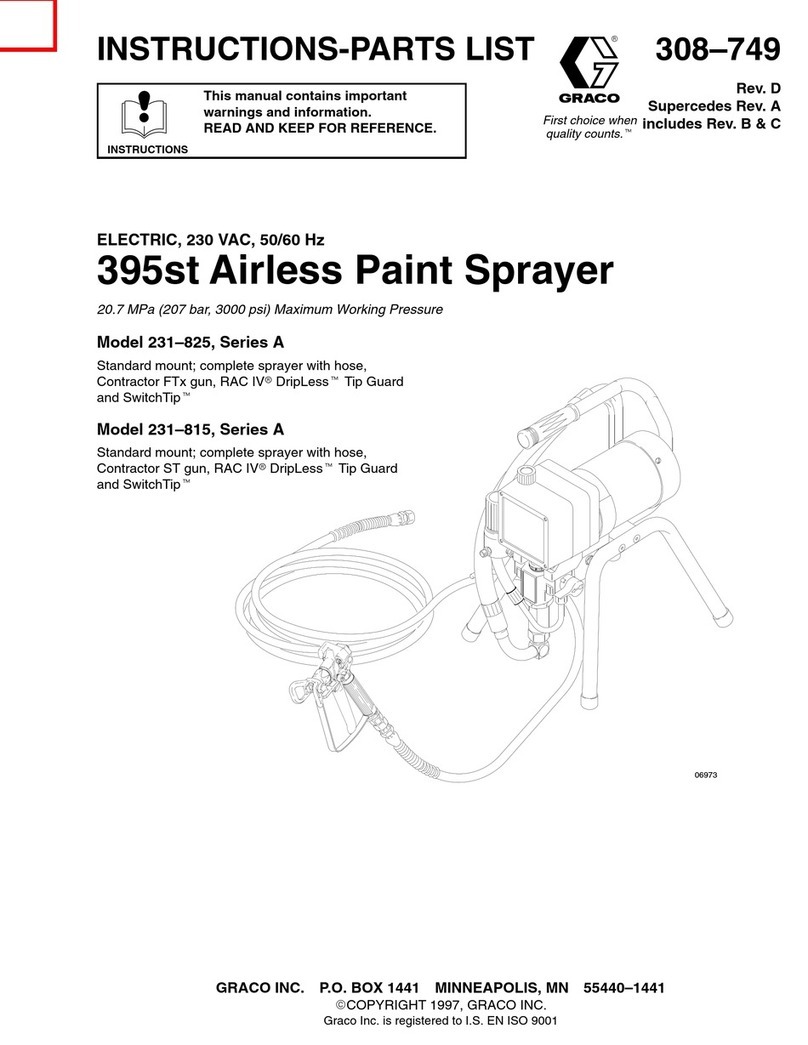
©Copyright Task Force Tips, Inc. 1999 - 2011 LIM-030 April 29, 2011 Rev13
6
2.3 HYDRAULIC INSTALLATION
On nozzles with hydraulic stream shaper actuation, the hydraulic system is connected to the nozzle with two 1/8”-27 NPT (1/4”-18
NPT on Masterstream 4000) female ports on the filter block located on the nozzle’s stream shaper. When the port on the left of the
filter block (as seen from behind the nozzle) is pressurized, the shaper moves back into the wide fog position. Pressurizing the right
port moves the shaper forward into straight stream. Hydraulic lines must be flexible to allow for movement of the stream shaper.
Use only clean fluid compatible with Buna N Compound (Nitrile). System must be free from all dirt, chips and contaminants.
Replacement filter elements are available from TFT (item #M160). Maximum hydraulic pressure is 1000 psi (70 bar, 7000 Kpa) for
Masterstream 1000 or 1250s (1500 psi, 105 bar, 10500 Kpa for Masterstream 4000 Nozzle).
2.4 ELECTRIC INSTALLATION
Nozzles with electric stream shaper actuation are shipped with a wiring diagram (TFT item #LIM-040). Other documentation is
available on request. The actuator is not rated as ignition proof, explosion proof, or intrinsically safe. NOTE: Masterstream 1000,
1250s, 1250, 1500 and 2000 nozzles are equipped with manual override in case of electrical power failure. Refer to figure 1E for
manual override instructions.
WARNING The electric motor and other components are ignition sources. The electric stream shaper should
be operated only in areas where there is adequate ventilation and no hazard of flammable vapor
buildup.
2.5 PATTERN CONTROL
TFT’s Masterstream Series nozzles have full pattern control from straight stream to wide fog. On models with manual shapers,
turning the stream shaper clockwise (as seen from the operating position behind the nozzle) moves the shaper to the straight stream
position. Turning the stream shaper counterclockwise will result in an increasingly wider pattern. For linearly actuating models,
pushing the stream shaper forward (as seen from the operating position behind the nozzle) will result in a straight stream pattern.
Moving the shaper back will result in an increasingly wider pattern.
Sincethestreamtrimpointvarieswithflow,thenozzleshouldbe“trimmed”afterchangingtheflowtoobtainthestraightestandfarthest
reaching stream. To properly trim a stream, first open the pattern to narrow fog. Then close the stream to parallel to give maximum
reach. Note: Turning the shaper further forward will cause stream crossover and reduce the effective reach of the nozzle.
2.6 USE WITH FOAM
The Masterstream Series nozzles may be used with foam solutions. Refer to fire service training for the proper use of foam.
WARNING For Class B fires, lack of foam or interruption in the foam stream can cause a break in the foam
blanket and greatly increase the risk of injury or death.
Assure that:
• application rate is sufficient (see NFPA 11 or foam manufacturer’s recommendations)
• enough concentrate is on hand to complete task (see NFPA for minimum duration time requirements)
• foam logistics have been carefully planned
Allow for such things as:
• storage of foam in a location not exposed to the hazard it protects
• personnel, equipment and technique to deliver foam at a rapid enough rate
• removal of empty foam containers
• clear path to deliver foam, as hoses and other equipment and vehicles are deployed.
WARNING Improperuseoffoamcanresultininjuryordamagetotheenvironment.Followfoammanufacturer’s
instructions and fire service training.
Avoid:
• using wrong type of foam on a fire, i.e. Class A foam on a Class B fire
• plunging foam into pools of burning liquid fuels
• causing environmental damage
• directing stream at personnel.
WARNING There is a wide variety of foam concentrates. Each user is responsible for verifying that any foam
concentrate chosen to be used with this unit has been tested to assure that the foam obtained is
suitable for the purpose intended.




















